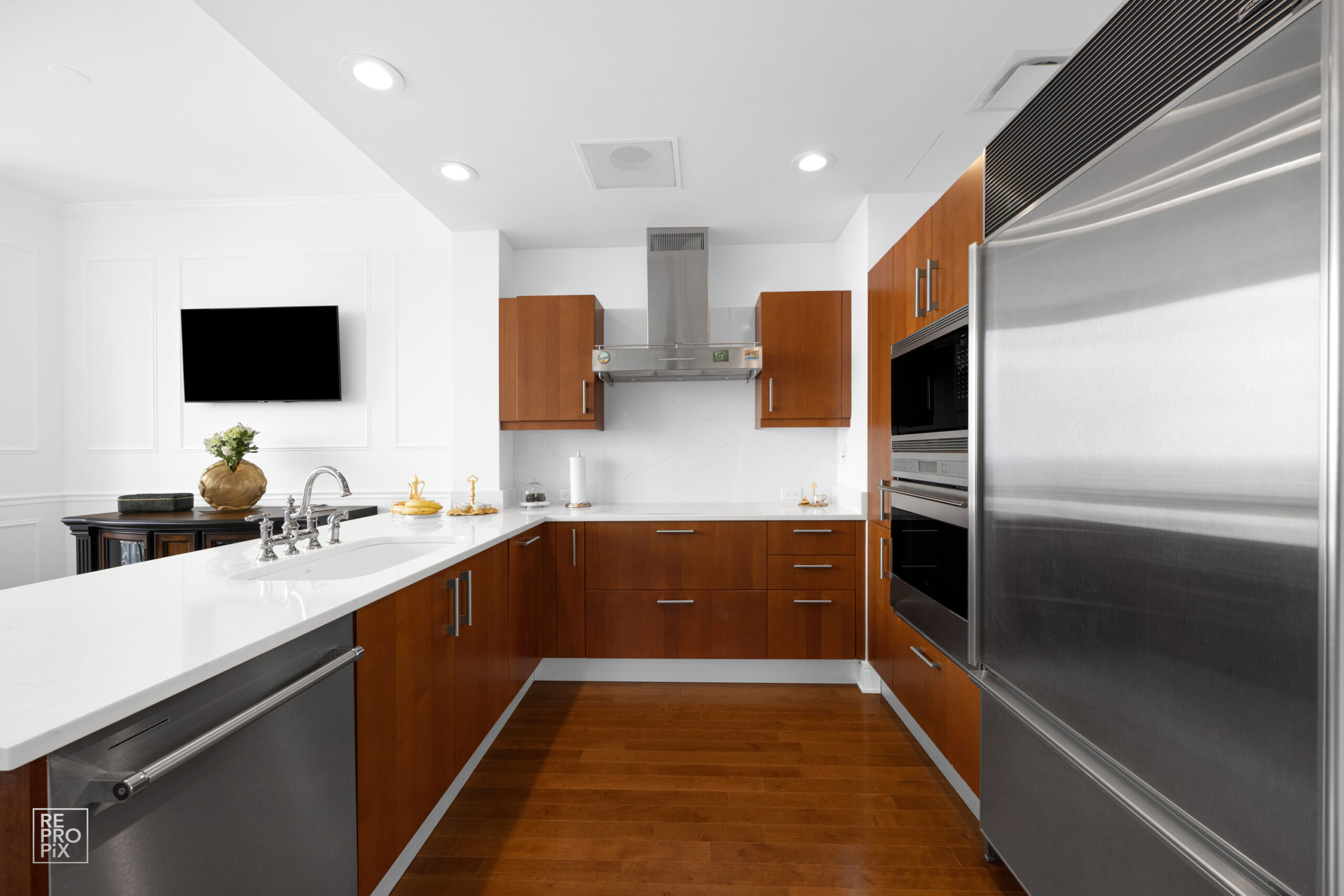Home | The Challenges of Real Estate Photography
The Challenges of Real Estate Photography
By Repropix Editor


The Challenges of Real Estate Photography
By Repropix Editor
The Challenges of Real Estate Photography: Capturing Homes in the Best Light.
Real estate photography is an art that goes beyond merely snapping pictures of homes and properties. It’s about showcasing the essence and allure of a space in a way that appeals to potential buyers. While it may seem straightforward, the world of real estate photography is riddled with its own set of challenges. In this comprehensive guide, we’ll delve into the intricacies of this field. Moreover, we will explore the hurdles real estate photographers face on a daily basis. So, what are the main challenges of real estate photography?
1. Lighting: The Ultimate Conundrum.
First of all, one of the most daunting challenges in real estate photography is mastering lighting. Unlike studio photography where you have complete control over the lighting conditions, real estate photographers often deal with unpredictable and less-than-ideal lighting situations.
Natural Light vs. Artificial Light.
A primary decision photographers face is whether to rely on natural light or use artificial lighting equipment. Natural light can be beautiful but comes with its own set of challenges, such as varying sunlight throughout the day and the weather. On the other hand, artificial lighting provides consistency but requires skill to avoid harsh shadows and unnatural color casts.
Dynamic Range.
Real estate interiors often have a high dynamic range, meaning there are extreme differences in brightness between the brightest and darkest areas. Capturing this wide range effectively without losing details can be tricky. Many photographers use techniques like HDR (High Dynamic Range) photography to blend multiple exposures into one well-lit image.
Time of Day.
Choosing the right time of day to photograph a property is crucial. Early mornings and late afternoons generally provide soft, warm light. In addition, midday sun can create harsh shadows. But, scheduling shoots at these ideal times isn’t always possible, so photographers must adapt.
2. Staging and Clutter: The Battle for Picture-Perfect.
Secondly, when a property is inhabited, real estate photographers must deal with the challenge of staging and decluttering. Clutter can distract potential buyers and make rooms look smaller and less appealing.
Homeowners and Agents.
Convincing homeowners and real estate agents to declutter and stage a property for photos can be a delicate task. Some may resist the idea, believing their space is already presentable, while others may lack the resources or know-how to stage effectively.
Furniture Placement.
The arrangement of furniture plays a significant role in how a room appears in photos. Sometimes photographers need to rearrange furniture to create an aesthetically pleasing composition that highlights the space’s potential.
Neutralizing Personalization.
Homes are often filled with personal items like family photos and quirky decorations. Real estate photographers must find ways to depersonalize the space, allowing potential buyers to envision themselves living there.
3. Composition and Angles: The Art of Perspective.
Furthermore, composition is the heart of photography, and real estate photography is no exception. Choosing the right angles and compositions can make or break a shot.
Wide-Angle Lens Distortion.
Real estate photographers often use wide-angle lenses to capture entire rooms. However, these lenses can introduce distortion, making lines appear curved or skewed. Correcting this distortion in post-processing requires skill and time.
Overcoming Obstacles.
Sometimes, there are architectural obstacles like columns or tight corners that make it challenging to capture an entire room in one frame. Photographers must find creative solutions to showcase these spaces effectively.
Exterior Shots.
Capturing the exterior of a property can be equally challenging. Factors like weather, time of day, and surrounding buildings can affect the quality of exterior shots. Drone photography has become increasingly popular for capturing stunning aerial views of properties.
4. Post-Processing: Perfecting the Final Image.
Moreover, real estate photographers often spend as much time on post-processing as they do on the shoot itself. Editing is where the magic happens, transforming raw images into polished, market-ready photographs.
Color Correction.
Correcting color casts and ensuring accurate color representation is crucial. Lighting conditions and white balance issues can result in photos that don’t reflect the true colors of the property.
Image Blending.
HDR and exposure blending techniques are commonly used to merge multiple exposures into a well-balanced final image. This process requires precision and expertise to avoid unnatural-looking results.
Retouching.
Removing imperfections like blemishes, scuffs, or unwanted reflections is a vital part of the post-processing workflow. The goal is to present the property in its best possible light without misrepresenting it.
5. Equipment and Technology: Staying Current.
The world of photography is constantly evolving, and real estate photographers must keep up with the latest equipment and technology to remain competitive.
Camera Gear.
Investing in high-quality cameras, lenses, and accessories is essential for producing top-notch real estate photographs. Full-frame DSLRs and mirrorless cameras are popular choices for their image quality and versatility.
Drones.
Aerial photography has become a game-changer in real estate marketing. Using drones equipped with high-resolution cameras, photographers can capture stunning aerial views of properties and their surroundings.
3D Tours.
Advancements in 3D tour technology have opened up new avenues for showcasing properties. Real estate photographers may need to learn how to create immersive virtual tours to stay competitive.
6. Business and Client Management: Beyond the Lens.
Finally, running a successful real estate photography business involves more than just taking pictures. Photographers must also excel in client management, marketing, and business operations.
Client Expectations.
Managing client expectations is crucial. Real estate agents and homeowners often have specific visions for how they want their properties to be portrayed. Clear communication and a deep understanding of their needs are essential.
Scheduling and Logistics.
Coordinating shoots, managing equipment, and adhering to tight schedules can be challenging. Photographers must be organized and efficient to ensure a smooth workflow.
Pricing and Competition.
Setting competitive prices while ensuring profitability can be a balancing act. The real estate photography market can be competitive, and photographers must differentiate themselves to attract clients.
The Challenges of Real Estate Photography.
Real estate photography is a dynamic field that demands a combination of technical skill, creativity, and adaptability. Overcoming the challenges presented by lighting, staging, composition, post-processing, equipment, and business management is essential for success in this industry. By mastering these hurdles, real estate photographers can create images that not only capture the essence of a property but also help homes sell faster and at higher prices, making their services invaluable to both real estate agents and homeowners.
Contact us for flawless property visuals that highlight your home’s full potential, and follow us on Facebook to stay inspired.


















